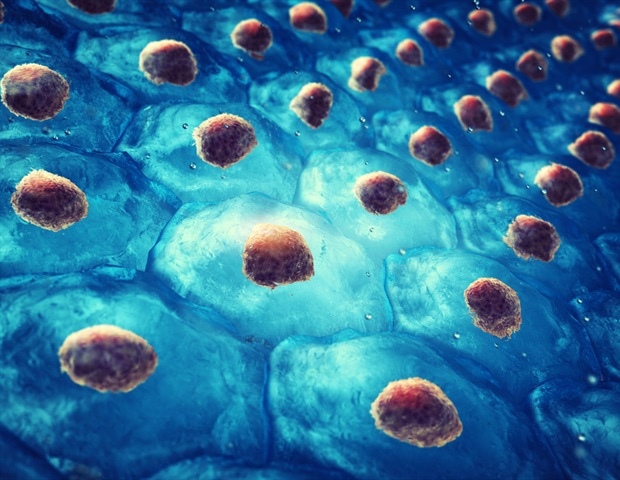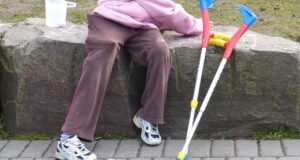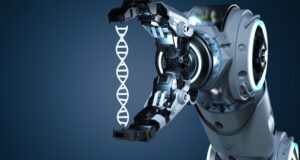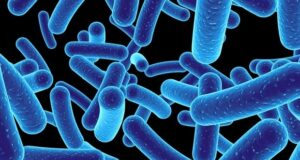
Unlike most cells in the human body, stem cells have the unique ability to divide indefinitely. This unique property makes them especially appealing to scientists exploring ways to extend human lifespans or develop new methods for repairing damaged tissues. Pluripotent stem cells have the potential to differentiate into any of the three primary tissue types — endoderm (such as the intestines, stomach, and lungs), mesoderm (such as muscle, bones, and heart), and ectoderm (such as nerves and skin). However, cultivating these cells in incubators and guiding their differentiation into the desired cell type remains a major challenge. Advancements in this field could unlock significant progress in bioengineering, including the potential to grow entire organs artificially.
In a recent study published in Lab on a Chip, researchers at Osaka University unveiled a new compact in-incubator cell imaging device called INSPCTOR. This device allows for real-time remote monitoring of cell growth, even in compact incubators.
INSPCTOR leverages lens-free imaging technology integrated with thin-film transistors (TFT). TFT image sensors absorb scattered light passing through objects and shining onto a thin film, generating electrical charges. Each TFT sensor is the same size as a standard glass slide and can capture images of up to six culture chambers on a typical 8-well cell culture plate. As a result, six cultures can be observed independently, and multiple units can be managed simultaneously within a compact incubator.
One of the main advantages of our approach are that effective quality control of stem cell cultures and cell production processes can be easily implemented.”
Taishi Kakizuka, Osaka University
To demonstrate the value of the INSPCTOR system, the researchers used it to monitor the transition of epithelial cells, which are stationary and tightly bound, into mesenchymal cells, which move more freely. This transformation plays a crucial role in many natural processes, such as embryonic development and wound healing. They demonstrated that the progression of cells could be precisely measured based on the light reaching the sensor beneath the culture plate.
Even more impressively, the researchers observed stem cells differentiating into cardiomyocytes, which subsequently began beating in unison. The team recorded the effect of drugs on the beating rate of contractions, as well as changes in the beating frequency over time as the cells matured. “We anticipate that our work will contribute to advancements in regenerative medicine and drug discovery,” said Takeharu Nagai, the study’s senior author. The advantage of INSPCTOR over current available devices lies in its compact size and potential for cost-effective mass production.
Because the differentiation process is highly sensitive and prone to failure under incorrect conditions, verifying proper development is crucial. Moreover, the process is time-consuming, and quickly detecting any errors is essential. The ability to monitor cell growth becomes increasingly important as automation takes on a larger role in cell culturing.
Source:
Journal reference:
Kakizuka, T. (2024) Compact lens-free imager using thin-film transistor for long-term quantitative monitoring of stem cell culture and cardiomyocyte production. Lab on a Chip. doi.org/10.1039/d4lc00528g.




